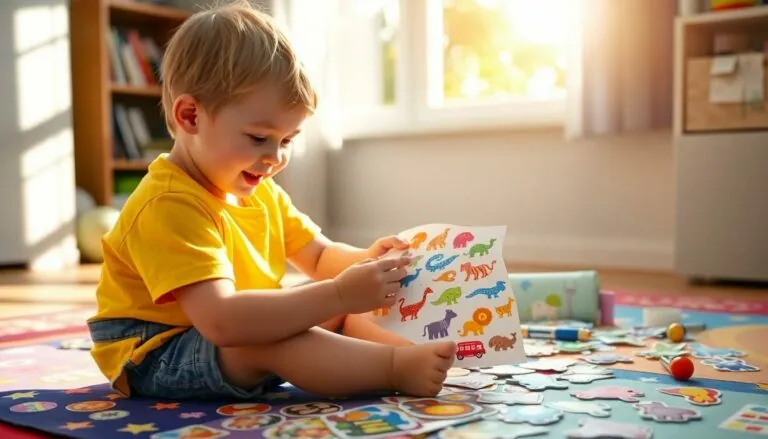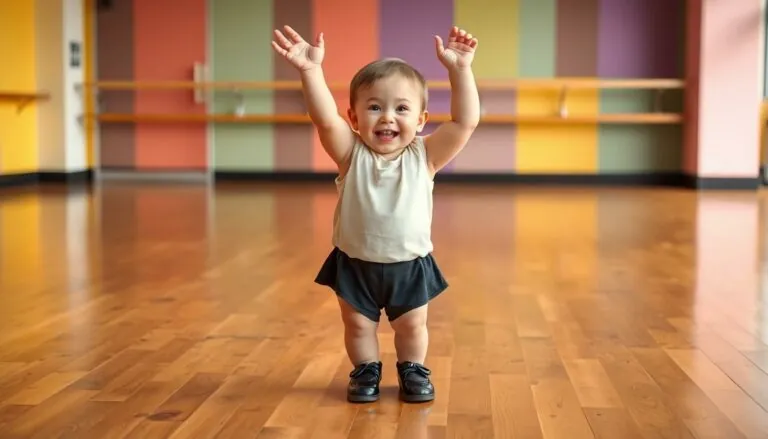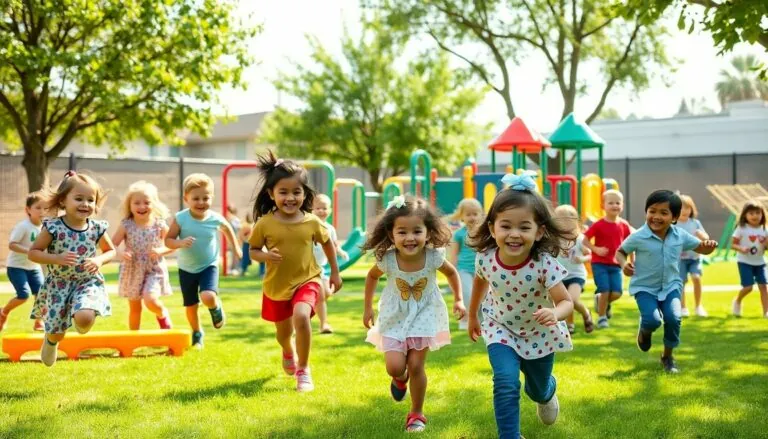Table of Contents
ToggleWhen it comes to education, parents often find themselves at a crossroads: Montessori or traditional schooling? It’s like choosing between a cozy coffee shop and a bustling diner—both serve up knowledge, but the vibe is wildly different. Montessori embraces a child-led approach, encouraging exploration and independence, while traditional methods stick to the classic lecture-and-test routine.
Picture this: in a Montessori classroom, kids are busy building their own learning experiences, while in a traditional setting, they’re mastering the art of memorizing facts faster than a game show contestant. With each approach having its own perks, it’s essential to weigh the benefits and quirks. Understanding these differences can empower parents to make the best choice for their little learners. After all, a happy child is a learning child, and who wouldn’t want that?
Overview of Montessori and Traditional Education
Montessori education emphasizes child-led learning, fostering independence and exploration. It encourages students to choose their activities, promoting intrinsic motivation. In this setting, teachers act as guides, facilitating the learning process without dominating it.
Traditional education, in contrast, uses a structured curriculum with a focus on direct instruction. Teachers lead lectures and assign specific tasks, ensuring compliance with predetermined goals. This approach often relies on standardized testing to gauge student understanding and achievement.
The learning environment also differs significantly. Montessori classrooms feature mixed-age groups, allowing for peer learning and collaboration. Children work at their own pace, which fosters a sense of responsibility and confidence. Traditional classrooms typically group students by age and implement a one-size-fits-all approach to learning.
Social interactions play distinct roles in each method. In Montessori settings, children develop strong interpersonal skills through collaborative projects. Social development stems from shared responsibilities and teamwork. Traditional education often prioritizes individual performance, which can limit opportunities for collaborative learning.
Both approaches present unique benefits. Montessori education nurtures creativity and critical thinking, essential skills for today’s world. It cultivates a love for learning that can extend beyond the classroom. Traditional education prepares students for standardized tests and structured environments, essential for certain academic paths.
When evaluating options, parents weigh what aligns best with their child’s learning style. Understanding these foundational differences aids in making informed decisions.
Key Differences Between Montessori and Traditional Methods
Montessori and traditional education showcase distinct differences in their approaches. Understanding these differences aids parents in making informed decisions.
Curriculum Structure
Curriculum structure varies greatly between the two methods. Montessori education features a flexible, open-ended curriculum designed around student interests. Students explore subjects at their own pace, promoting deeper understanding. Traditional education implements a fixed curriculum that moves in predetermined stages. Instructors dispense information through lectures, often adhering strictly to textbooks.
Teaching Approaches
Teaching approaches contrast sharply in these educational settings. Montessori teachers serve as facilitators, guiding students while allowing them to take charge of their learning. This promotes autonomy and fosters critical thinking skills. Conversely, traditional teachers take on a more authoritative role, leading classes through direct instruction. A focus on memorization and standardized tests is prevalent in this method.
Classroom Environment
Classroom environment plays a key role in learning dynamics. Montessori classrooms emphasize mixed-age groups, encouraging collaboration and peer learning. This approach cultivates social skills and mutual respect. Traditional classrooms typically group students by age, adopting a one-size-fits-all strategy. Individual performance often takes precedence, which may limit opportunities for collaborative work.
Benefits of Montessori Education
Montessori education provides several advantages that enhance a child’s learning experience.
Child-Centered Learning
Child-centered learning lies at the core of Montessori education. It fosters an environment where children take charge of their learning journeys. Students engage in activities that spark their interests, allowing for exploration of topics deeply. This method encourages self-directed learning, where curiosity drives inquiry. Teachers serve as guides, providing support rather than dictating lessons. Freedom to choose activities cultivates engagement, leading to deeper understanding and retention of knowledge. Research indicates that this approach boosts motivation and promotes a positive attitude towards learning.
Development of Independence
Development of independence is another significant benefit of Montessori education. Children gain essential life skills as they navigate their learning environment. Through activities designed for self-management, students learn to make choices and solve problems independently. These experiences empower children to take responsibility for their actions, building confidence in their abilities. Montessori classrooms encourage collaboration, where older students mentor younger peers. This peer interaction reinforces social skills and nurtures a sense of community. Independence developed in these early years sets a foundation for lifelong learning and adaptability.
Benefits of Traditional Education
Traditional education offers several advantages that appeal to many parents. It provides a structured learning environment, ensuring a consistent approach to education.
Structured Learning Environment
In a structured learning environment, students follow a set curriculum that progresses in sequential stages. This clarity helps both students and teachers understand educational expectations. Many children thrive under routine, where they receive direct instruction and clearly defined goals. Traditional classrooms often incorporate lecture formats that facilitate the efficient delivery of content. This structure minimizes distractions and encourages focus, allowing students to absorb information systematically. Teachers utilize pacing guides that align with standardized benchmarks, ensuring comprehensive coverage of key subjects.
Standardized Assessments
Standardized assessments play a crucial role in traditional education. These evaluations measure student performance against established benchmarks. They provide objective data that allows educators to track academic progress effectively. Traditional assessments often reinforce learning outcomes, emphasizing areas requiring improvement and providing essential feedback. Consequently, standardized tests contribute to accountability within the education system. Students gain valuable experience in test-taking strategies, preparing them for future academic challenges.
Conclusion
Choosing between Montessori and traditional education involves understanding each method’s unique benefits and challenges. Montessori’s focus on child-led exploration fosters independence and intrinsic motivation. This approach nurtures a love for learning that can last a lifetime. On the other hand, traditional education provides a structured environment that many children find comforting and effective. It emphasizes routine and clear expectations, which can enhance focus and performance.
Ultimately, the decision should align with a child’s individual learning style and needs. Parents should consider their child’s personality and preferences when selecting the right educational path. Both methods offer valuable experiences that can shape a child’s academic journey.







